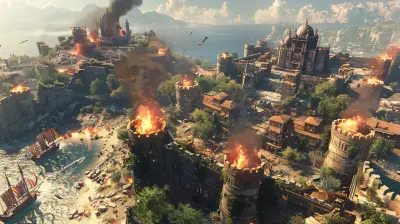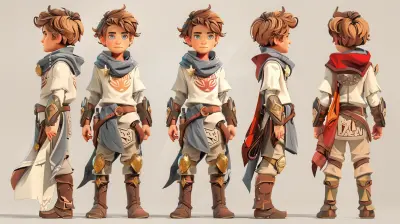The Effect of Environmental Hazards on FPS Gameplay
4 September 2025
In the world of first-person shooters (FPS), it's not just about twitch reflexes and pinpoint accuracy. Sure, lining up headshots and landing the perfect spray matter a whole lot—but there's another player in the game that often gets overlooked: the environment itself. Specifically, environmental hazards.
Now, you might be thinking, “What’s the big deal with a little fire or a flash flood in a virtual world?” Well, hang onto your mouse because we’re diving deep into how environmental hazards shape, twist, and sometimes wreck FPS gameplay—and why they deserve a front-row seat in the design docs of your favorite shooters.
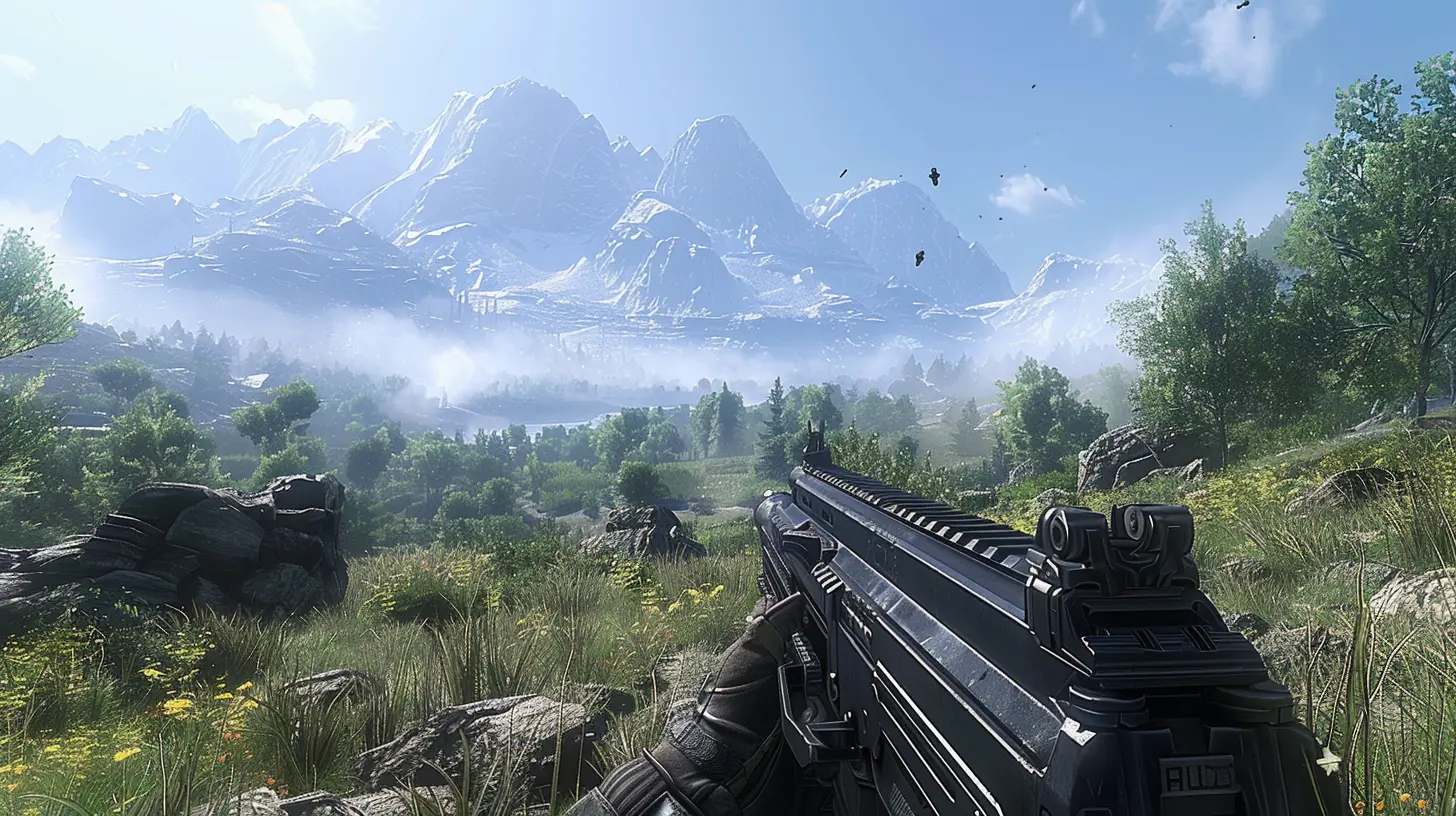
What Are Environmental Hazards in FPS Games?
Let’s define it first. Environmental hazards in FPS games are dynamic, non-player-driven threats or features that can influence gameplay. Think toxic gas clouds, firestorms, collapsing structures, lightning strikes—you get the idea.These aren’t just pretty animations meant to decorate your screen. They’re real, deadly, gameplay-altering elements that can mean the difference between victory and the dreaded "Game Over."
Types of Environmental Hazards
Let’s break down the types of hazards you’re likely to see in FPS games:- Weather Effects: Rain, fog, snowstorms, sandstorms—these reduce visibility and can affect mechanics like recoil or movement.
- Toxic Zones: Radiation areas, poison gas, biohazards that damage players over time.
- Fire and Explosions: Either from destructible environments or dynamic occurrences—can block paths or deal AoE damage.
- Terrain Changes: Earthquakes, landslides, and collapsing structures that change the playable area.
- Water Hazards: Rivers, flooding, or rising tides that limit movement or cause drowning.
- Dynamic Day/Night Cycles: While not harmful directly, they heavily influence gameplay, especially stealth and visibility.
Each of these has its own flavor, and when integrated well, they crank the intensity up to 11.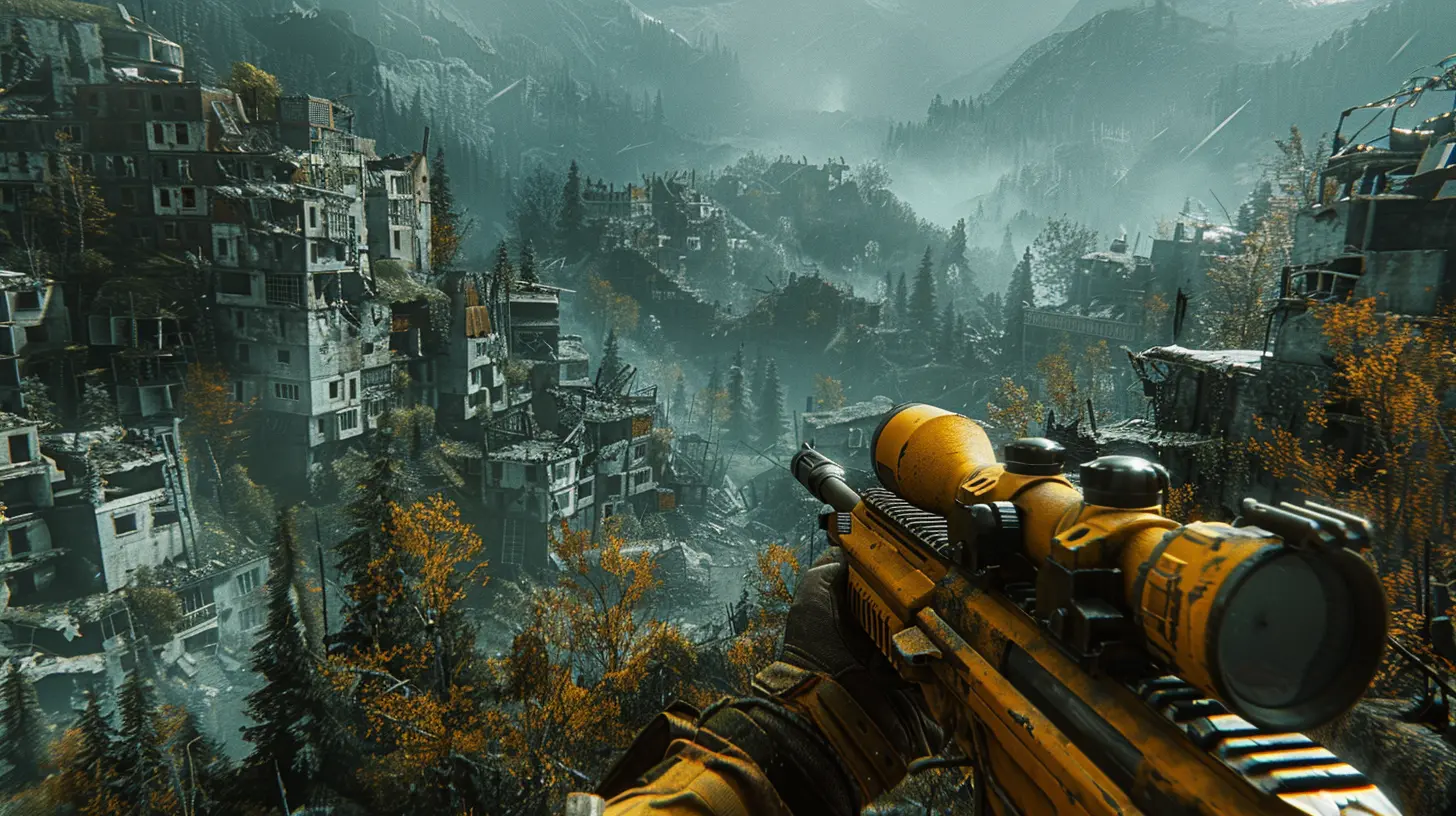
Why Developers Add These Hazards
Game developers aren’t just being sadistic by throwing in fire tornadoes mid-match. (Okay, maybe a little.)1. Increased Immersion
Ever stood in a battlefield with bullets flying and ash raining down around you? That’s peak immersion. Environmental hazards create a more believable world. They ground the chaos in something that feels tactile and real.2. Dynamic Gameplay
Static maps are fun for a while—but they get stale. Flooding a tunnel halfway through a match? That forces players to adapt on the fly. It keeps everyone on their toes.3. Tactical Depth
Hazards aren’t just obstacles; they’re tools. A toxic gas cloud might force enemies out of cover. A collapsing bridge might funnel combat into tight chokepoints. Smart players use these hazards to their advantage.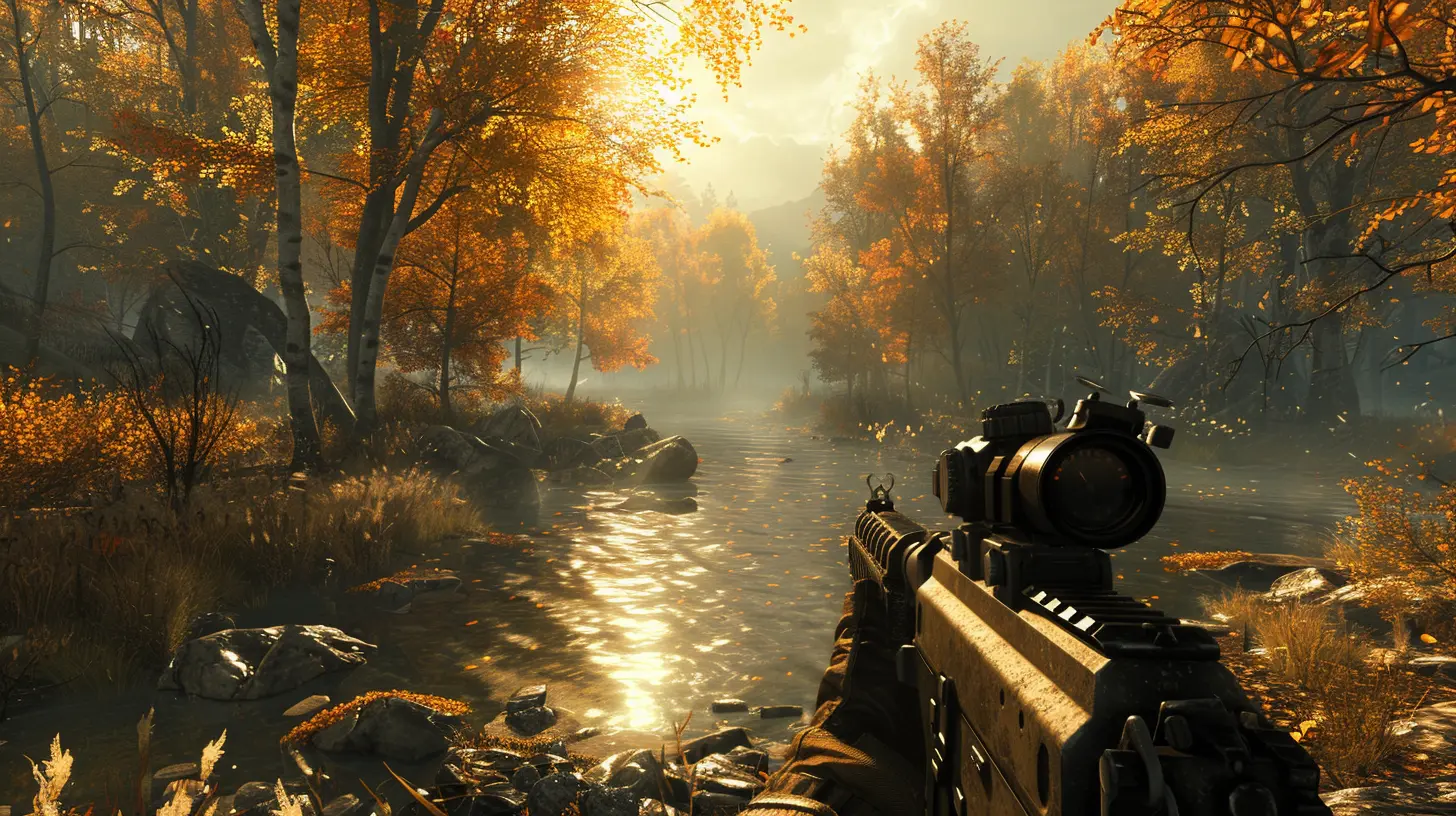
How Environmental Hazards Affect Gameplay
Let’s get into the meat of it—how do environmental hazards actually change the way you play? Spoiler: they change everything.1. Movement Becomes a Puzzle
Think about a level with active lava flows or periodic sandstorms. Suddenly, dodging behind the nearest cover isn’t a no-brainer—it’s a death wish. Players have to map safer routes, often choosing survival over aggression.In games like Call of Duty: Warzone, when gas closes in, movement paths narrow, creating high-stakes showdowns. It's survival of the smartest, not just the strongest.
2. Visibility Takes a Hit
You ever tried sniping in a blizzard in Battlefield V? Good luck. Weather-based hazards like fog or heavy rain aren't just eye candy—they wreck vision. That makes long-range engagements tricky and forces players into closer, more chaotic fights.Suddenly, those reflexes matter a lot more than your ability to line up shots from half a mile away.
3. Gunplay Gets Risky
Some games factor in environmental effects like wind, heat shimmer, or shockwaves that disrupt aiming. Now add fire spreading near you—what do you do? Stay put and risk burning? Or move and risk getting shot?This unpredictability breathes tension into every exchange.
4. Forces Adaptability
You know those players who memorize every corner and camping spot? Environmental hazards laugh in their face. When the map itself is shifting—thanks to landslides or crumbling buildings—those memorized routes mean squat.It’s adapt or die. Literally.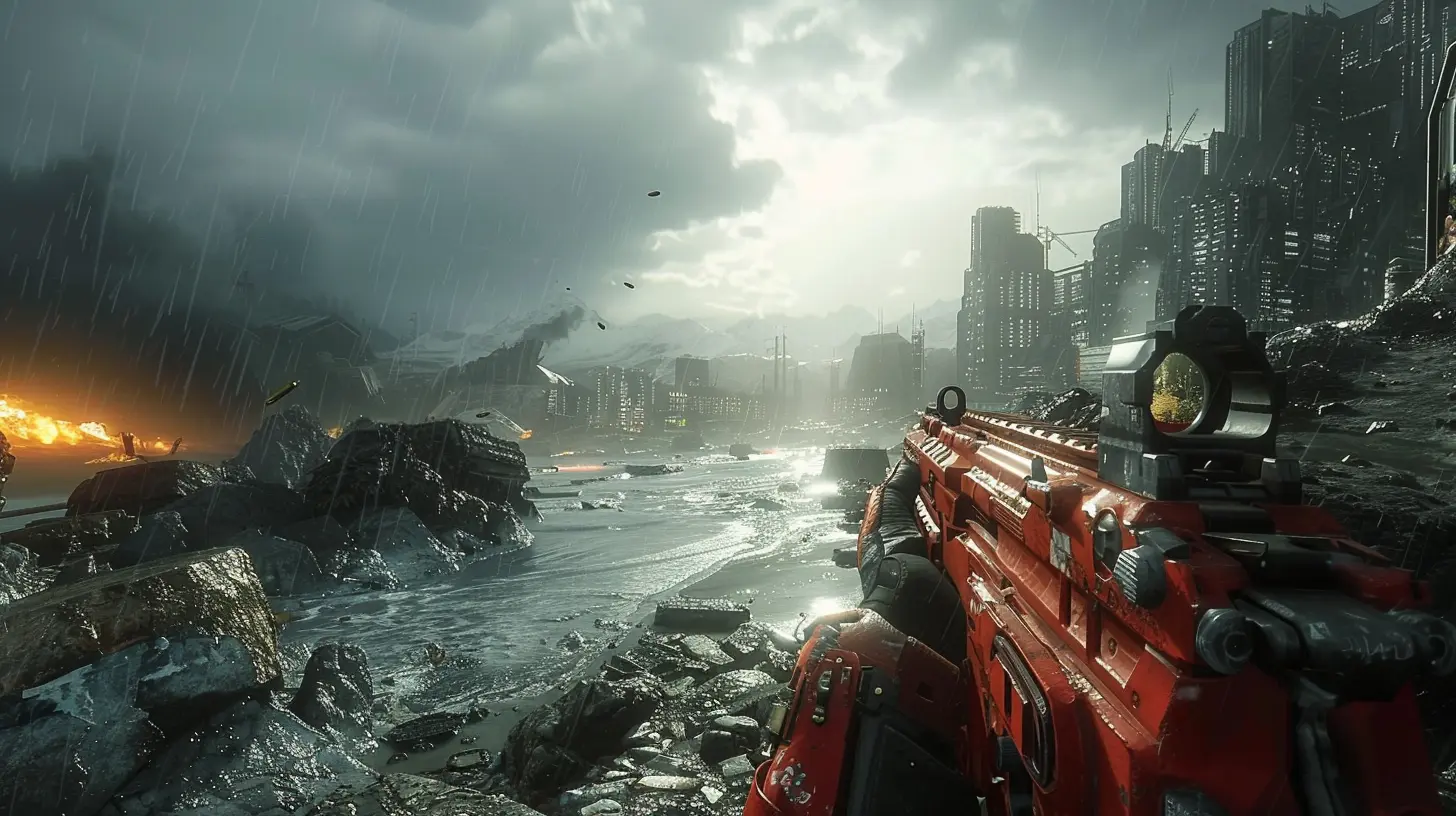
Most Notable FPS Games Using Environmental Hazards
You’ll see these ideas popping up in more and more titles. Here are a few shooters that do it best:1. Battlefield Series
From destructible buildings to wild sandstorms (Battlefield 2042, we’re looking at you), this series practically wrote the book on using environmental elements as gameplay features, not just background dressing.2. Call of Duty: Warzone
The infamous closing gas ring isn’t just a circle on a map—it’s a death sentence if you’re not moving. The map rotations get even more intense with timed events like firestorms and toxic zones.3. Escape from Tarkov
Environmental hazards here are subtle but deadly—think radiation pockets, darkness, and real ballistic physics impacted by weather. Realism is the name of the game.4. PUBG: Battlegrounds
From red zones that threaten to bomb you back to the lobby, to thick fog that changes the whole pacing of a match, PUBG knows how to keep players on the edge.5. Metro Series
Not a traditional multiplayer FPS, but Metro uses environmental hazards masterfully—requiring gas masks, managing filters, avoiding radiation—all of which make exploration and combat nerve-wracking.The Psychological Impact on Players
Let’s move past the mechanics and talk about the psychology of it all. Environmental hazards don't just affect your movement and aim—they mess with your head.Anxiety and Uncertainty
When you hear the rumble of a storm approaching or see a warning about a toxic leak, your brain goes into overdrive. Your priorities shift—from hunting enemies to just staying alive.This induces a constant state of tension. It's stressful, sure—but it also makes every match feel like a mini movie with its own arc.
Forced Risk Management
Environmental hazards force choices with weight. Stay and fight or flee and survive? Players constantly juggle risk vs. reward, which makes decision-making a lot more compelling.Balance and Fairness: The Double-Edged Sword
Of course, not everyone loves getting killed by a falling tree or an invisible gas cloud. Environmental hazards can be a blessing or a curse, depending on how they’re designed.Too Random? It’s Infuriating.
If a hazard feels completely random or unpredictable, it can lead to rage-quits and poor player retention. Dying because of something outside your control is never fun.Skill-Based Interaction
The best hazards are the ones that can be used skillfully. Able to time your movement between lightning strikes? Can you bait enemies into a fire zone? That’s where the real satisfaction lies.Accessibility and Fair Play
Devs need to ensure players with visual or auditory limitations can still detect and respond to these hazards. Otherwise, it’s not just an environmental hazard—it’s an unfair advantage to others.The Future of Environmental Hazards in FPS Games
As tech evolves, so do the possibilities. With AI-generated events, advanced physics engines, and real-time weather simulations, we've only scratched the surface.Imagine a battle royale where the weather patterns are different every single time. Or imagine a map being gradually flooded over a match, forcing vertical play or boat combat. We're heading there—and fast.
Tips for Players Dealing With Environmental Hazards
Let’s wrap it up with some practical advice. If you’re tired of being nuked by nature in your favorite FPS, here are a few golden rules:- Always have a backup plan. If your main route is compromised, know the exit.
- Pay attention to audio cues. Most games signal upcoming hazards with sounds—storms brewing, alarms blaring, you name it.
- Use hazards to your advantage. Smoke clouds and storms can be used for stealth or escapes.
- Stay mobile. The biggest killer is hesitation. Move, adapt, survive.
- Keep an eye on the map. Many games show hazard zones. Read them like a pro or pay the price.
Final Thoughts
Environmental hazards in FPS gameplay are more than flashy effects or background noise—they're game-changers. They shift strategies, push players to adapt, and inject a layer of unpredictability that makes every battle feel fresh. Whether you're dodging lightning bolts or navigating gas-filled corridors, one thing's for sure: nature doesn’t play fair, and neither should your enemies.So next time you're mid-match and the weather turns grim, don't just curse the game devs. Lean into the chaos, embrace the hazards, and show Mother Nature who's boss.
all images in this post were generated using AI tools
Category:
First Person ShooterAuthor:

Pascal Jennings
Discussion
rate this article
1 comments
Felix McLaurin
“Environmental hazards in FPS? Just another excuse for my terrible aim—thanks, Mother Nature!”
September 16, 2025 at 3:51 AM

Pascal Jennings
Ha! It's true, environmental factors can really test our skills—Mother Nature has a way of adding an extra challenge!
